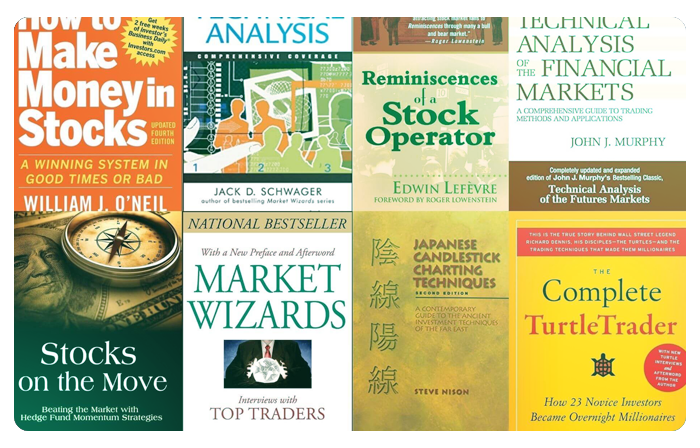The history of Forex trading can be traced back to the ancient civilizations of Babylon, Egypt, Greece, and Rome. In the early days, currency was based on a barter system where goods and services were exchanged directly. However, as trade and commerce expanded, the need for a standardized currency emerged, leading to the introduction of paper money and coinage.
In the modern era, the Forex market emerged as a result of the Bretton Woods Agreement in 1944. The agreement was established to stabilize the international monetary system after World War II. It pegged the value of major currencies to the US dollar, which was in turn pegged to the price of gold. This system allowed for the exchange of currencies between countries and facilitated international trade and investment.
The first electronic trading platform for Forex was introduced in the late 1970s, and since then, the Forex market has grown rapidly. The advent of the internet and the rise of online trading platforms have made it easier for individuals to access the Forex market from anywhere in the world. Today, the Forex market is the largest financial market in the world, with a daily turnover of over $6 trillion.
The development of Forex trading has been driven by technological advancements, regulatory changes, and increased globalization. The rise of algorithmic and automated trading has made it easier for traders to execute trades and has led to the growth of Forex trading as a profession. Meanwhile, regulatory changes have increased transparency and stability in the market, making it a more accessible and secure investment option for individuals and institutions alike.
In conclusion, the Forex market has come a long way since its humble beginnings as a barter system in ancient civilizations. Today, it is a highly developed, technologically advanced, and globally accessible market that plays a critical role in facilitating international trade and investment. The milestones are described in this lesson which ends with Forex trading supported by computer networks and complicated algorithms.




















